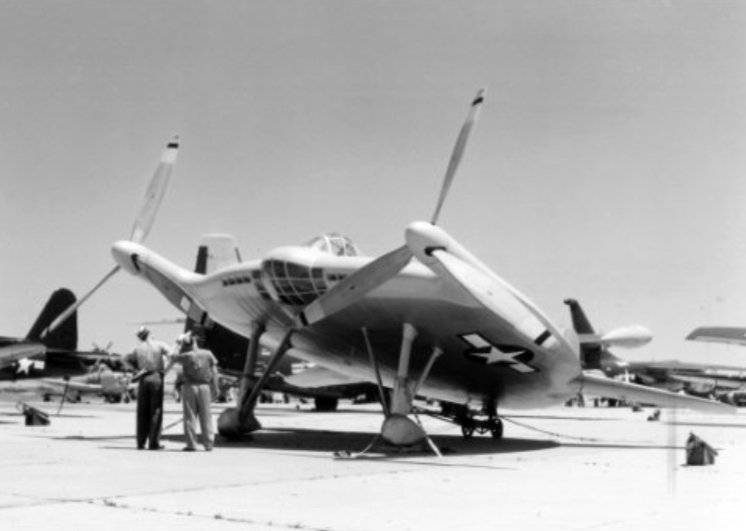Wednesday, June 20, 2012
Tools, "Washington Combination Pliers"
"Washington Combination Plier" by National Plier Company, Buffalo NY. Pat'd Nov. 19, 1907. This combination plier was Christopher Haeberli. The design is a combination tool including a plier, a hammer, a wire cutter, a shear or snips, a screw driver.
I found an article from an old journal "Metal Industry" (volume 13, March 1915)* that says; "Walter Hayes of the United States Cast Iron Pipe and Foundry Company has added to his many interests a partnership with Chris Haeberli, of the Washington Plating Works… In addition to their electroplating work they intend to manufacture what will be known as the "Washington Combination Pliers," invented by Chris Haeberli… They expect to market their article in the next two weeks."This confirms Christopher Haeberli was the inventor, and suggests the tool was on the market by April, 1915.
The patent date as marked on the tool makes the likely patent# 871585**. However there are a couple of discrepancies between this model and the drawing included with the patent. The drawing with the patent included a slip joint, as well as a rivet hammer on the opposite jaw of the tool.
*Metal Industry, Volume 13 (March, 1915)
**Patent#871585
A similar plier with a an excerpt from "Hardware Dealers' Magazine" July, 1915 on Flicker
Sunday, June 3, 2012
Aviation: "Flying Pancake"
The Vought V-173 was an amazing and practically forgotten experiment in aviation during World War 2. This experiment was developed and designed by Charles H. Zimmerman, and the prototype was piloted by legendary pilots Boone Guyton and Charles Lindbergh. Rather than conventional wings, the body of the V-173 was a discoidal symmetrical airfoil. The plane was powered by 2 80 horse-power continental engines spinning 2 propellers. Test flights of the V-173. It is likely that test flights (during 1942 to 1943) were reported as UFO sightings.
Zimmerman's accomplished some amazing feats in his design. The V-173 had near vertical take off and landing capabilities (very impressive for a propeller plane) and handled very well at low speeds. The plane was noted for being very difficult to stall. In addition, the structure of the plane turned out to be remarkably strong. The V-173 also successfully demonstrated Zimmerman's idea of in using the propellers to counter the wing-tip vortices.
The proto-type V-173 lead to the development of the Vought XF5U-1, funded by the United States Navy as a fighter plane. While the V-173 was a wood and fabric airframe, the XF5U-1 was as an all metal construction. This promising design, while it tested in taxi, ground runs, and short hops never actually made a true flight. The project was canceled in 1948 as the Navy was replacing fighter propeller-planes with jet aircraft. The only completed XF5U-1 was destroyed by a wrecking ball. The V-173 however survived in storage. Today it belongs to the Smithsonian National Air and Space Museum. According to the Smithsonian website, the V-173 is "not on display at the National Air and Space Museum; it is either on loan or in storage."
Short video clip on the Vought V-173
http://www.youtube.com/watch?v=LfpTDOAfj7Y
Gudaitis, Frank. "Charles Zimmerman and his "Skimmer." Flight Journal; April, 2005.
Subscribe to:
Posts (Atom)

